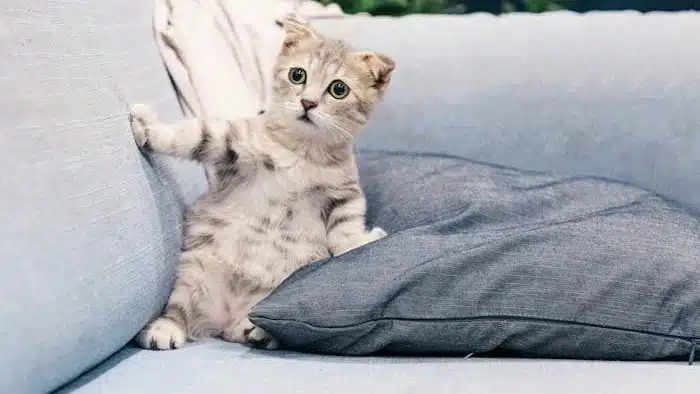How Does Your Cat See the World? Do Cats See Color?

During the time we spend with cats, we often wonder what the world looks like in their eyes. The question of what colors cats can see has always been a topic of interest for many cat owners. The visual system of cats is quite different from that of humans. Now, let’s take a deeper look at the colorful world in the cat’s eyes.
I. The cat’s unique visual system structure
Like many animals, cats have eyes with unique physiological structures that determine their visual characteristics. There are two types of visual cells in the cat’s retina: cones and rods. Cone cells are mainly responsible for distinguishing colors and details, while rod cells are more sensitive to light, enabling cats to see objects clearly in dim environments. Compared with humans, cats have fewer cone cells, which means their ability to distinguish colors is relatively weak. However, cats have more developed rod cells, which endow them with excellent night vision ability.
II. Types of colors that cats can see
It was once widely believed that cats could only see black, white, and gray. However, as research deepened, we found that this is not the case. This is because there are more pigments in the cat’s cone cells that are sensitive to blue and green and fewer pigments sensitive to red. So, in a cat’s eyes, red may appear as gray or dark green. For example, when we wave a red toy in front of a cat, what it sees may not be a bright red color but an object that is more greenish or grayish. However, cats can distinguish blue and green objects more clearly, which is why some cat toys are designed in blue or green.
III. The Influence of Colors on Cat Behavior
Although cats have a limited ability to distinguish colors, colors can still have a certain impact on their behavior. Research has found that cats may show a particular preference or reaction to certain colors. For example, an environment with blue and green colors may make cats feel more relaxed and comfortable because these colors are in line with the range of colors they can clearly perceive. However, overly bright or complex color combinations may make cats feel nervous and uneasy. When choosing cats’ daily necessities, such as cat beds and cat bowls, choosing products in blue or green color systems may make cats more willing to use them. In addition, when playing with cats, using blue or green toys may be more likely to attract their attention and stimulate their interest in playing.
IV. Colors for Cat Raising
Understanding the colors that cats can see is of great significance for us to take better care of cats. When arranging the living environment for cats, we can choose appropriate colors and items according to the visual characteristics of cats. For example, avoid using colors that are difficult for cats to distinguish. When choosing toys, blue or green toys may improve cats’ enthusiasm for playing. At the same time, we can better understand their emotions and preferences by observing cats’ reactions to different colors and enhancing the interaction and affection between us and cats.
The visual world of cats is different from that of humans, but it is also full of wonders. As cat owners, an in-depth understanding of cats’ visual characteristics can not only help us take better care of their lives but also allow us to get closer to cats’ inner worlds and feel their unique charm. If you are also interested in other sensory abilities of cats, you are welcome to continue to pay attention, and let’s explore the mysteries of cats together.
